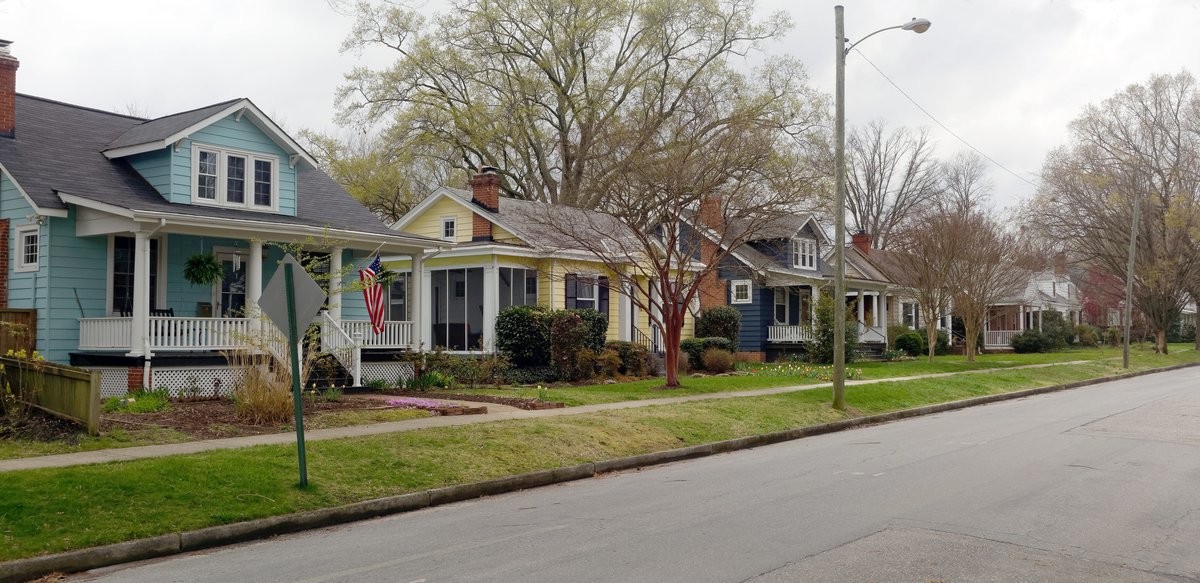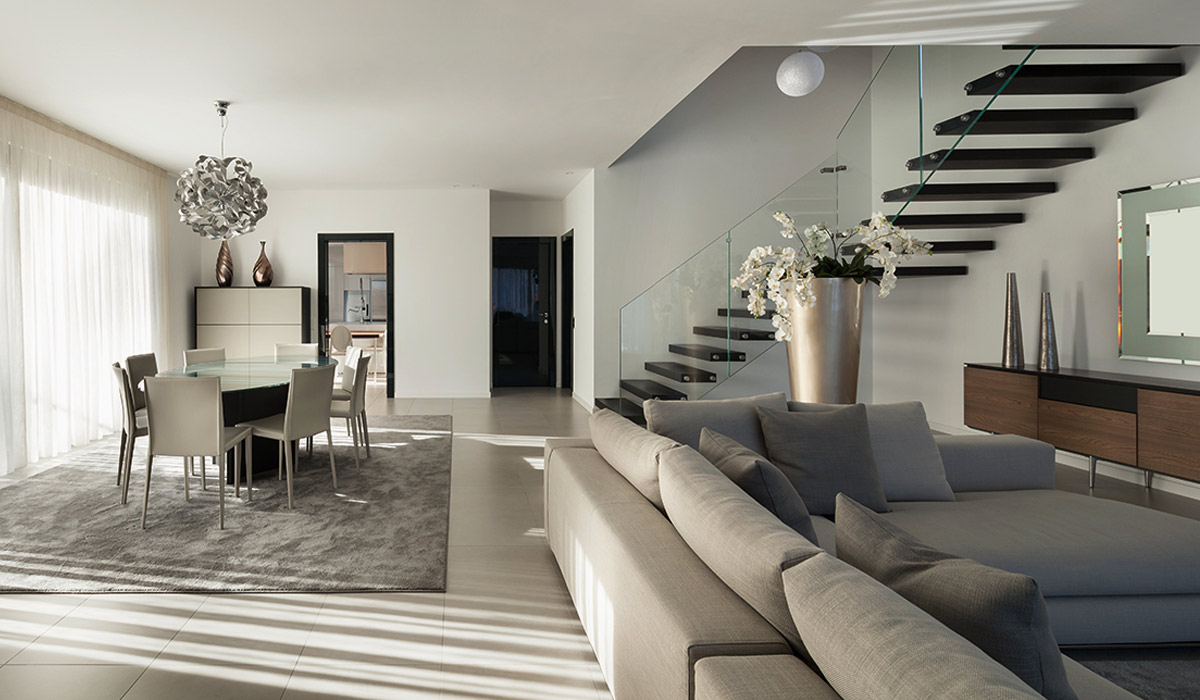
Listing your home is an important decision. When placing a house up for sale you’ll want to make sure you get the best price for the value you offer. For many people, getting that price requires a little maintenance on your home. One of the most visually impactful fixes you can do is replacing the siding on your home. It’s an instant path to curb appeal and will also drastically improve your display in photos, but how do you know if this significant investment is worth it?
There are multiple different factors to consider that can help you run a cost-benefit analysis to decide on whether now is the right time to replace your siding. You’ll want to consider timing, necessary repairs, visual appeal, and your ability to invest money in your home upfront. Don’t forget that you’ll also want to find an available and reputable contractor to complete the job, ensuring a proper siding installation.
Current Condition
What is the current condition of your siding? Does your siding look dull, have cracked vinyl or flaking paint? Are there boards missing? Is there mold behind any of the panels? If you answered yes to any of these questions you should seriously consider repair and replacement. These tell-tale signs will be immediately noticeable by a potential buyer and drive down the selling price. Check to see how widespread these issues are though, as you may be able to replace a small area instead of the whole home. Have a siding installation expert help you determine the extent of the replacement needed.
Must-Sell Schedule
How quickly do you need to sell your home? If you are on a very tight deadline, replacing siding may not be your best choice. If you need to move for work, are carrying multiple mortgage payments on a low budget, or are trying to find a high-demand contractor during peak building times — you should consider your options. As a general rule, siding will take at least two weeks if the job is started immediately and nothing goes wrong. It’s safest to assume that something will cause a delay, so plan for a longer time if you are on a schedule.
Material Choice & Climate
Another factor when choosing to replace siding is based on the original building material choice and its suitability for your current climate and location. For example, vinyl siding may be a poor choice for an area with high amounts of hail, causing frequent damage. Alternatively, while wood or fiberboard may be more resistant to impacts, it may instead be a poor choice for a beach or waterfront home due to the material porosity and tendency to get damaged from water.
Home Value vs Cost
2019 realtor numbers show that replacing siding offers between 63{97452416355a604f768db1e631a2335c9b2e897402abf1d88dc041d8a2dfc3b5}-75{97452416355a604f768db1e631a2335c9b2e897402abf1d88dc041d8a2dfc3b5} return on investment, while greatly improving happiness and enjoyment of the home. Clearly a fantastic option to improve your investment, there are some additional financial factors you should consider. What is the total value or your home and what is the total cost of a siding installation? If you have a $300,000 home and invest $15,000 on your siding, this will probably help you sell your home faster and for a higher value — a worthwhile investment. If you have a $75,000 home and invest $10,000 in siding installation, you may not get the same return as the seller above, and investing 1/7th of your home value may not be a good choice if the market caps out at a lower rate in your area.
In addition to the variable selling prices by market also look into the variable labor and materials cost by market too. The same siding job may cost $5,000 in one area and $15,000 in another.
You should absolutely replace damaged or older siding if you can afford the time and investment, and it will improve the selling price of your home. Consider instead a smaller repair if these criteria aren’t met, or even a coat of paint if simply looking for a little shine. Siding is an excellent investment when done smartly.
